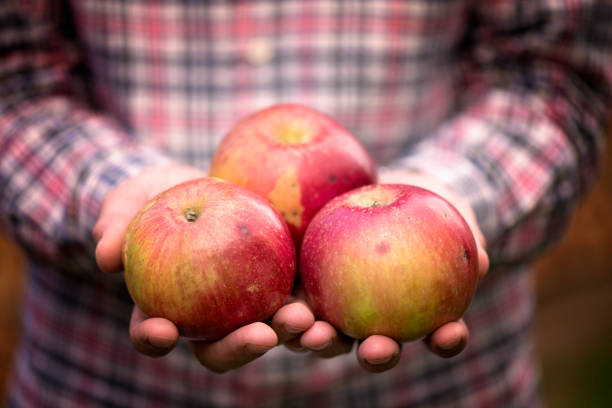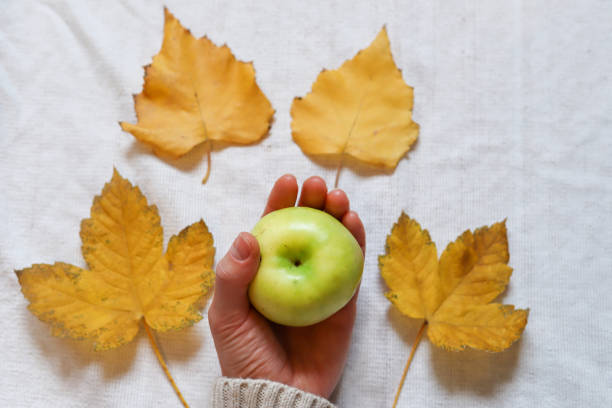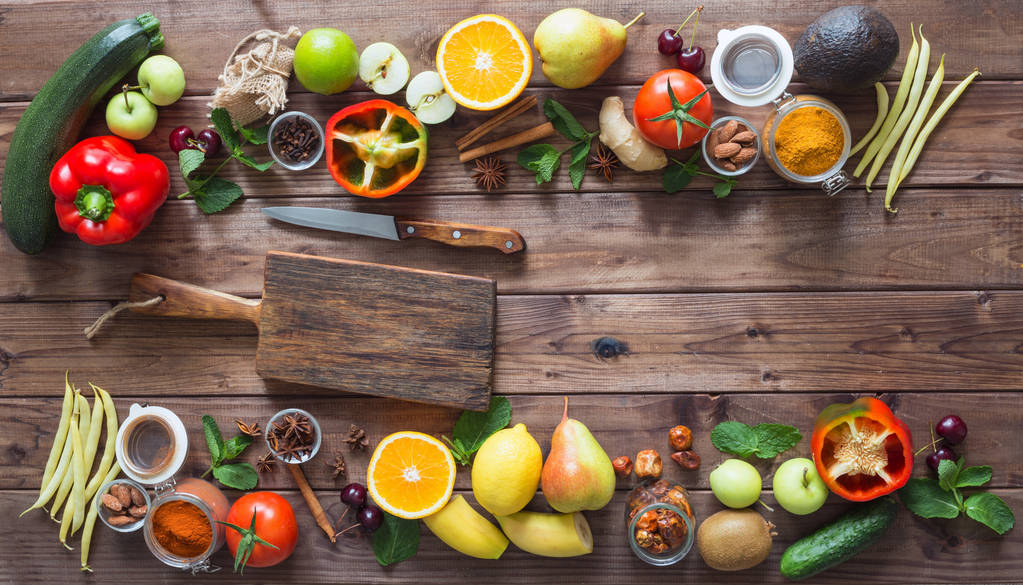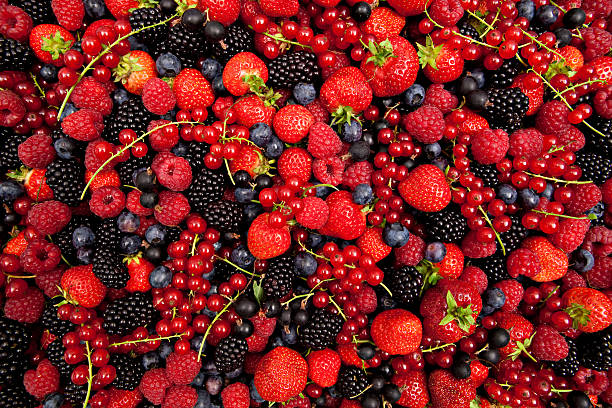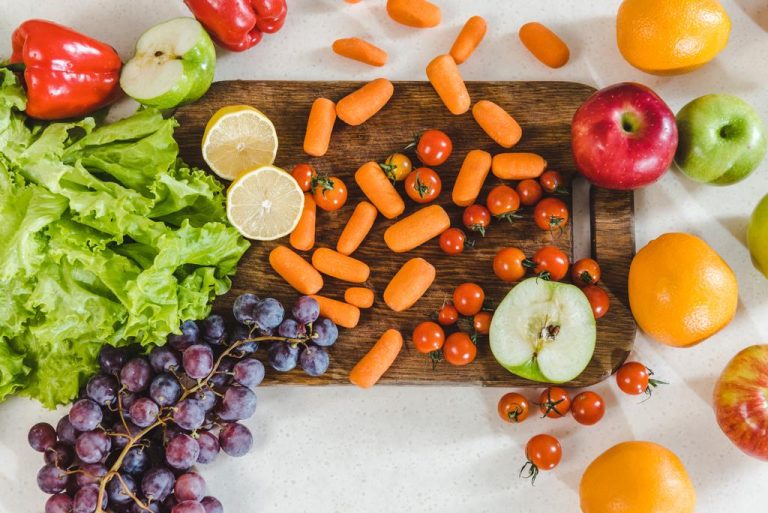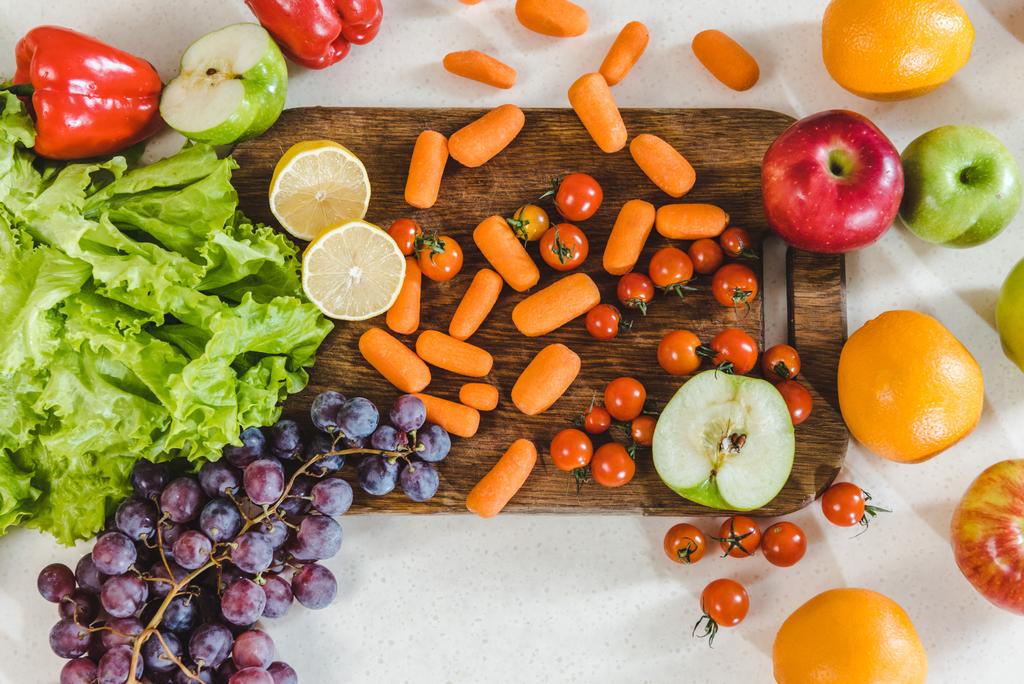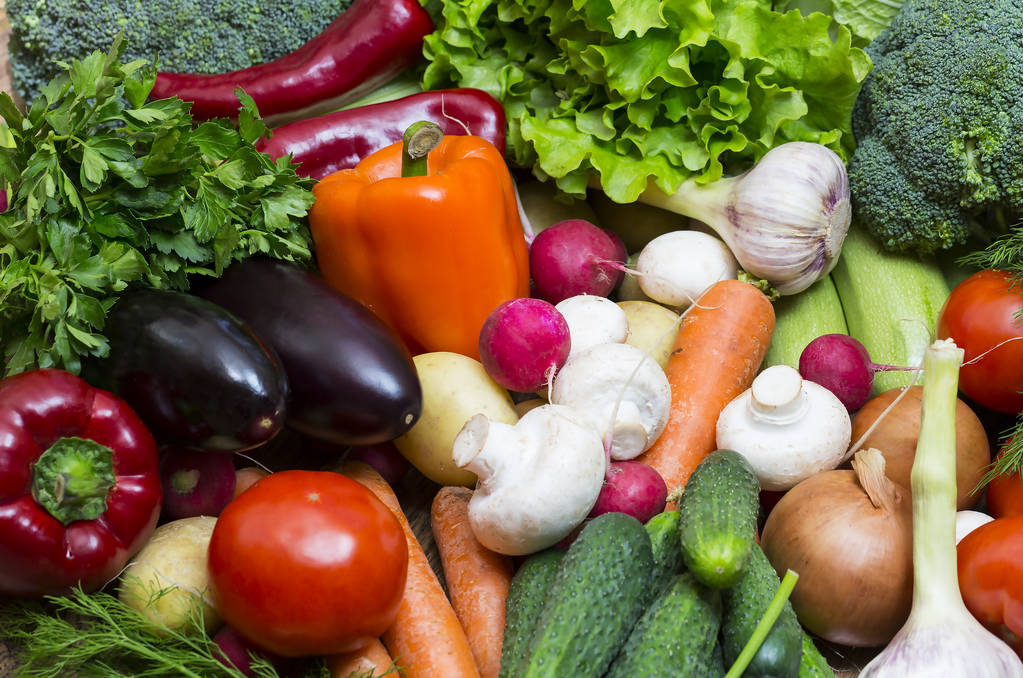You should wash fruit before eating it – especially fruit from conventional agriculture, because it is almost always contaminated with pollutants. We show you effective tips and home remedies.
Pollutants are everywhere
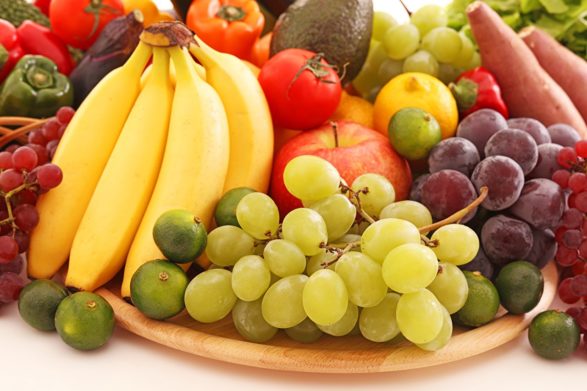
In conventional agriculture, pesticides are used as standard to combat pests, diseases and weeds – the consumption of which is usually also harmful to human health. Fruit and vegetables are also treated for transport so that they survive the long journey undamaged. You can find more information about pesticides here.
Consumers will therefore find food in the supermarket that is not suitable for immediate consumption, but should first be washed thoroughly. Although within the EU certain maximum residue levels of pesticides may not be exceeded, smaller amounts are almost always present.
In 2020, the Oldenburg Food and Veterinary Institute tested 79 samples of apples, of which only those from organic cultivation showed no residues of pesticides. Even if the EU only assumes a health-damaging effect above a certain value, the following still applies: the fewer pollutants, the better. We will show you what is important when washing fruit and vegetables.
Wash or peel fruit?
Most of the pesticide residues are on the skin of the fruit. So is it better to peel the fruit?
While this would actually be the most effective way to remove pesticide residues. However, most of the vitamins are also found in the peel. It is therefore advisable to wash the fruit well and eat the peel as well. Because it is precisely the peel that makes the fruit really healthy.
With organically grown fruit and vegetables, you can safely eat the peel after washing. You can read about the requirements that foodstuffs must meet under the EU organic seal in another article.
Wash fruit properly: This is how you remove the pesticide residues
Pesticide residues are mainly found on the skin. You have to wash them off before you eat them. However, some pesticides also penetrate under the peel and are not removed by simply washing.
For fruit with an edible skin, you should wash the fruit thoroughly under warm running water and then rub dry with a kitchen towel. The water jet and vigorous rubbing already removes a large part of the pesticides. Rubbing the apple quickly on the trouser leg, on the other hand, is of little use, as this only removes some dust and dirt on the surface. With more sensitive fruits such as berries or apricots, you have to be a little more careful when patting dry.
In general, only wash fruit just before eating it. Because fruits are surrounded by a natural protective layer. The water will damage it and the fruit will spoil faster.
Homemade fruit and vegetable cleaner
You can remove pesticides even more reliably than with water with a household remedy, namely with commercially available baking soda (sodium bicarbonate). This is according to a 2017 study at the University of Massachusetts. The scientists washed the apples treated with the fungicide thiabendazole and the pesticide phosmet in three different ways – with chlorine bleach, a baking soda solution and with tap water.
The baking soda and water mixture removed most of the pesticides on the skin, provided the baking soda solution was allowed to sit on the fruit for around 15 minutes. However, pollutants that had penetrated the skin of the apples were less successful in removing them with this method.
Washing fruit with a baking soda solution before eating is an effective way to remove pesticide residues. However, this means quite a lot of effort for a piece of fruit, especially the 15-minute waiting time. If you want to be on the safe side, organic products are still the best choice.
What you should also consider: Five tips for pesticide-free fruit
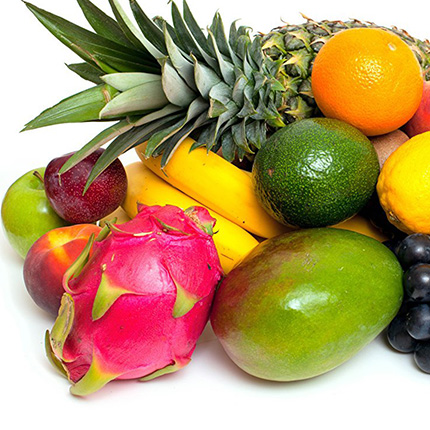
The easiest and most effective way to avoid pesticides is to buy organic fruit. There, chemical-synthetic pesticides are forbidden in cultivation.
Even if you peel the fruit, you should still wash it first. Because if you cut it up or peel it, pollutants on the peel get into the pulp. This applies, for example, to citrus fruits, avocados or melons.
Buy local and seasonal fruits and vegetables whenever possible. In this way you avoid long transport routes, for which the food is additionally treated. Fruit from the EU is also usually subject to stricter requirements with regard to the pesticides used. We help you to find regional products.
Avoid cleaning with dish soap. You get rid of a little more pesticides this way than just rinsing your fruit with water. However, residues from dishwashing detergent can also be harmful to health.
